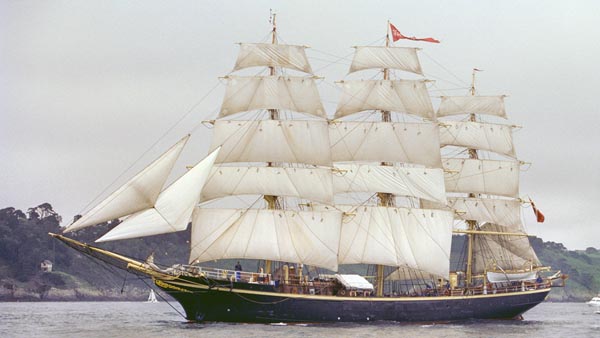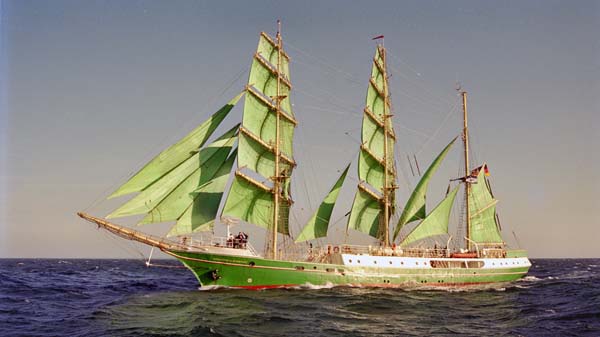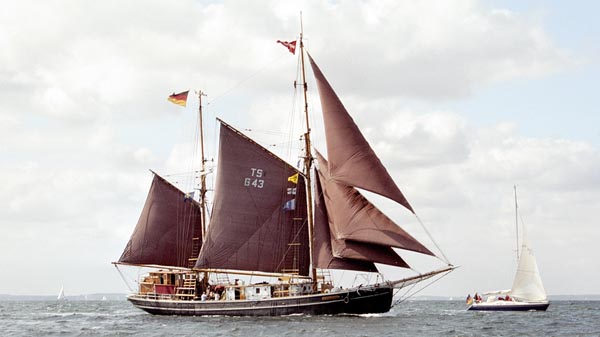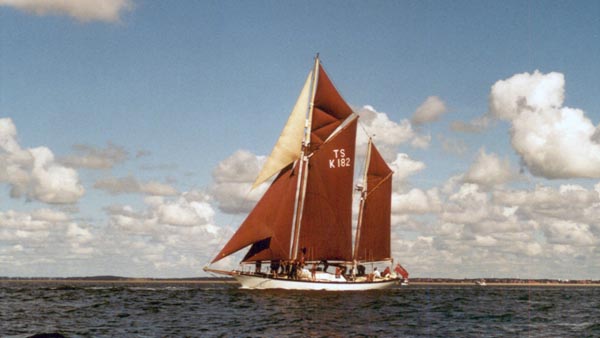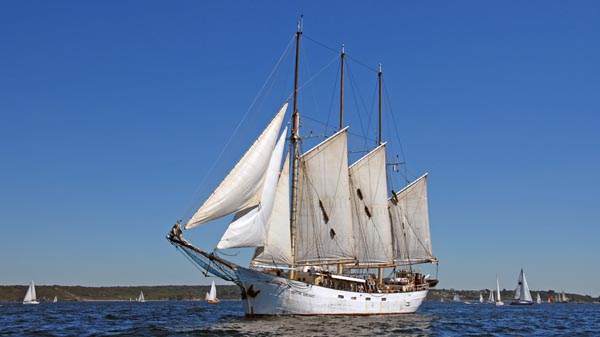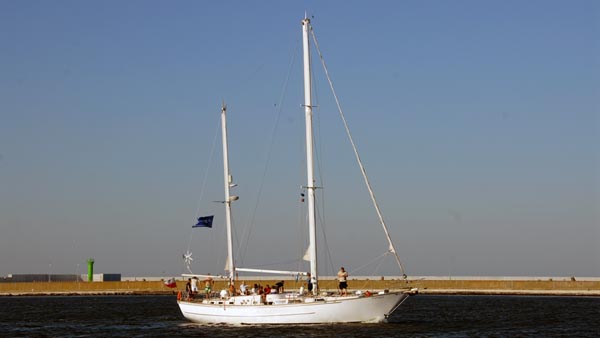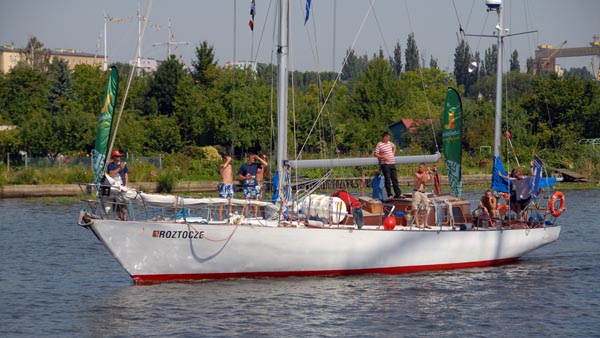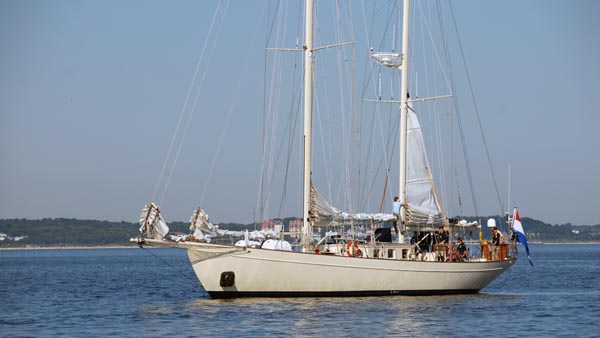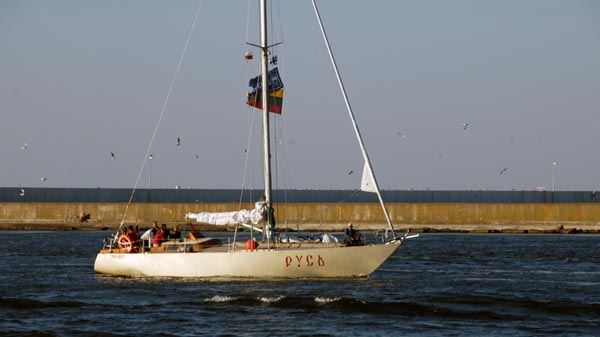Last update:
The Tall Ships Races
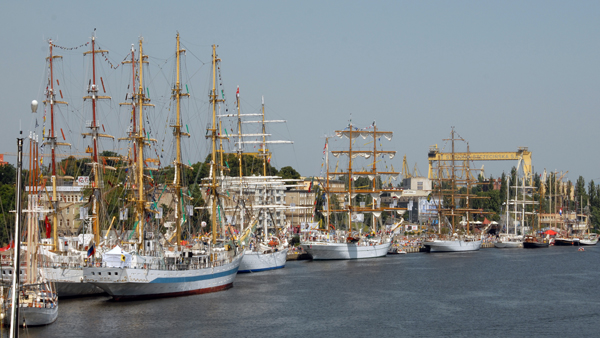
Szczecin, Tall Ships Races 2013
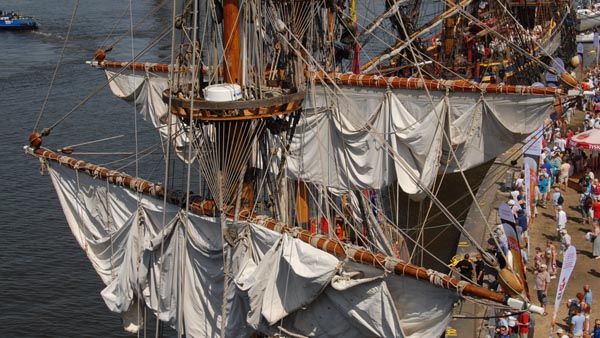
Szczecin, Tall Ships Races 2013
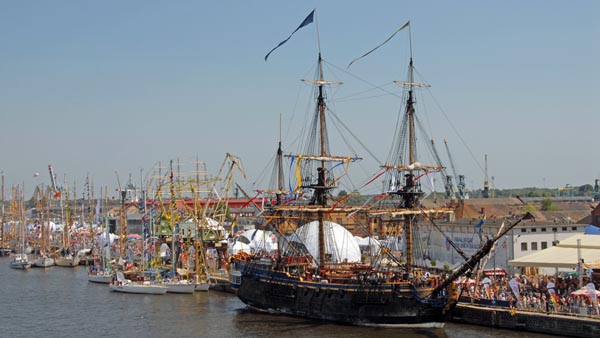
Szczecin, Tall Ships Races 2013
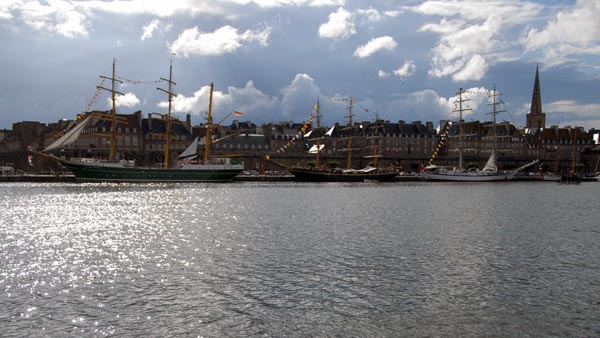
St. Malo, Tall Ships Races 2012
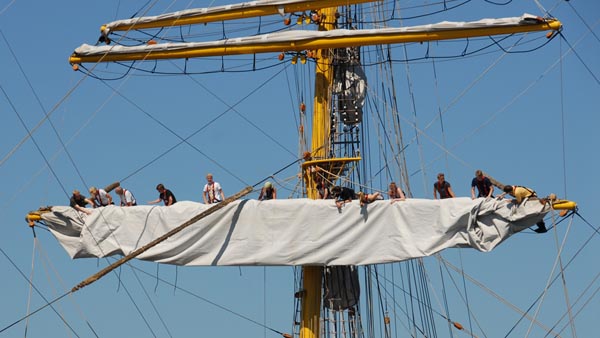
Recovery of sails of Alexander von Humboldt II
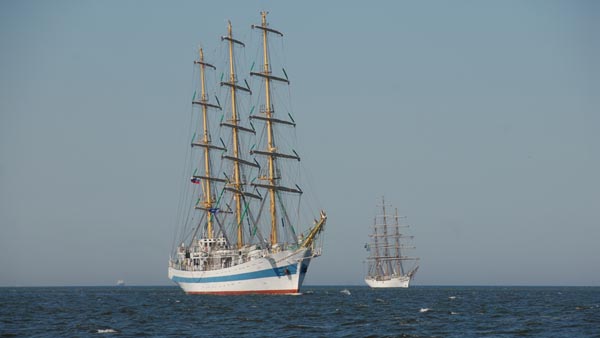
Sail-in to Szczecin 2013
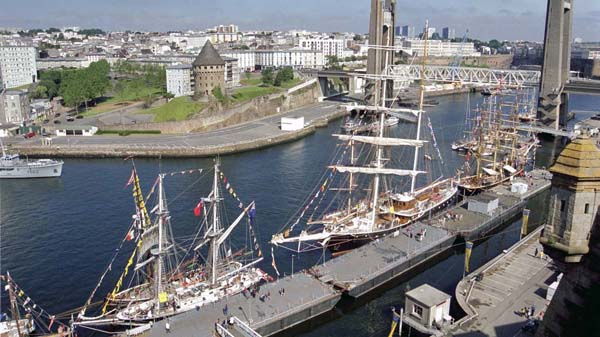
Brest, Tall Ships Races 2002
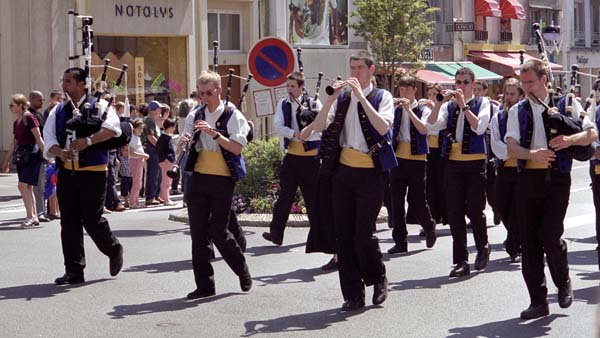
Crew Parade
The Tall Ships Races - from 1973 to 2003 under the name Cutty Sark Tall Ships Races - are a long-distance regatta for sailing ships with mostly young crews up to 25 years of age.
The premiere took place in 1956, when for the first time 20 sailing ships took part in this race from Torbay in Great Britain to Lisbon, the capital of Portugal. Sailing for the first
place in the ship classes is not the primary goal of this regatta. In the foreground are international understanding and social exchange between young people as well as the promotion
of "Sail Training".
Due to the high level of public interest in this regatta, it was held every two years from 1958 and then every year. The size of the fleet increased and the exchange between the crews
became more popular. Since 2003 the Tall Ships Races have been organized by the organization Sail Training International. The starting and destination ports change with each event.
There is now even more than one regatta per year, so participation for as many sailing ships as possible is easier. There are always around 40 to 90 sailing ships registered in
European waters. Ever since the Tall Ships Races began mainly sailtraining ships of the different Navies and sailing ships from youth organizations take part.
The regatta is held in two stages over several hundred nautical miles. A Cruise in Company takes place between the two stages, during which the participating ships
sail jointly and out of valuation to the starting port of the next regatta stage. Crew members can change the ships to sail along on another. This promotes numerous encounters
among the fellow sailors.
In the participating ports, the open ship events are traditionally a crowd puller. Each of the four ports is organizing a social program, sporting and cultural events and activities
for the ship's crew. On the last day in the port there will be a crew parade through the streets of the city and the award ceremony takes place.
Winners and placements for the two regatta stages and an overall ranking are determined, where times sailed are corrected with a ship-specific correction factor. The most coveted
of all prizes is the Sail Training International Friendship Trophy for the crew of the sailing ship, which, in the opinion of all captains and the organizer, has contributed
most to international understanding. In addition, various awards and more prizes are given to the participants. The sailing ships with long journeys are honored as well as the ship cook
who spend the longest time at sea during the Tallships Races.
I haven't sailed in the race myself yet, but I have visited the events in Rostock in 1996, in Flensburg in 2000, in Brest in 2002, Travemünde in 2003, St. Malo in 2012, Szczecin
2013 and Szczecin 2017, with the start of the regatta in 1996 transmitting the tallship virus, which has not lost its effect to these days.
Classification during the regatta
Today the sailing ships are divided into four classes.
Class A
Sailing ships with square sails (fully-rigged ships, barks, barkentines, brigs, brigantines) with a length (LOA) of more than 24 metres and all other sailing ships with a length (LOA) of more than 40 metres, independent from their rigging
Class B
Traditional rigged sailing ships (amongst others gaff-rigged sloops, yawls, ketches and schooners) with a length (LOA) below 40 metres and length at the waterline (LWL) of at least 9,14 metres
Class C
Modern rigged sailing ships (amongst others bermuda rigged sloops, yawls, ketches and schooners) with a length (LOA) below 40 metres and a length at the waterline (LWL) of at least 9,14 metres without spinnaker
Class D
Modern rigged sailing ships (amongst others bermuda rigged sloops, yawls, ketches and schooners) with a length (LOA) below 40 metres and a length at the waterline (LWL) of at least 9,14 metres with spinnaker
Source of information: Sail Training International


